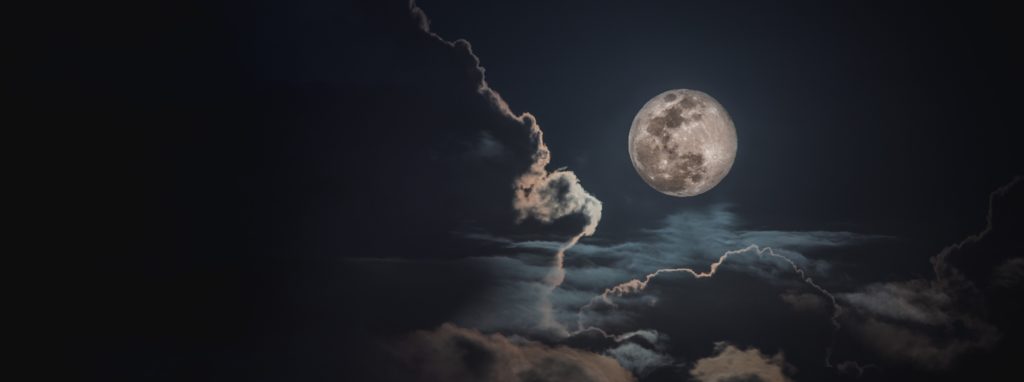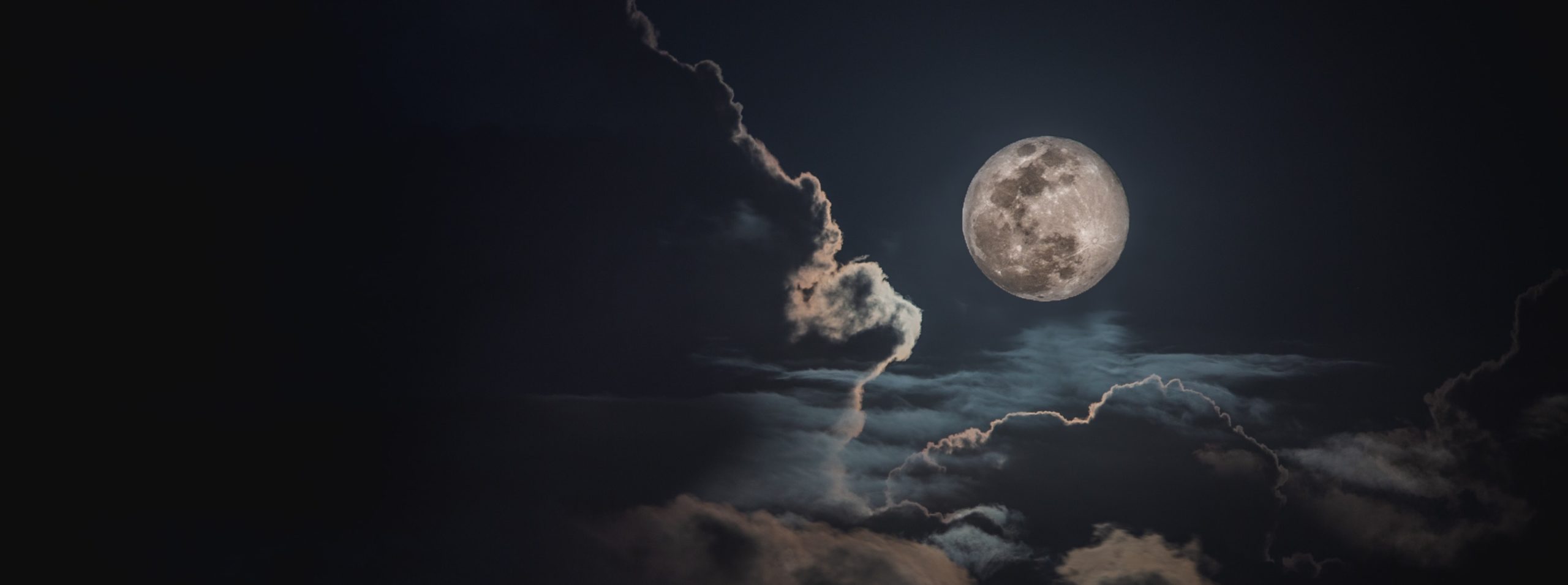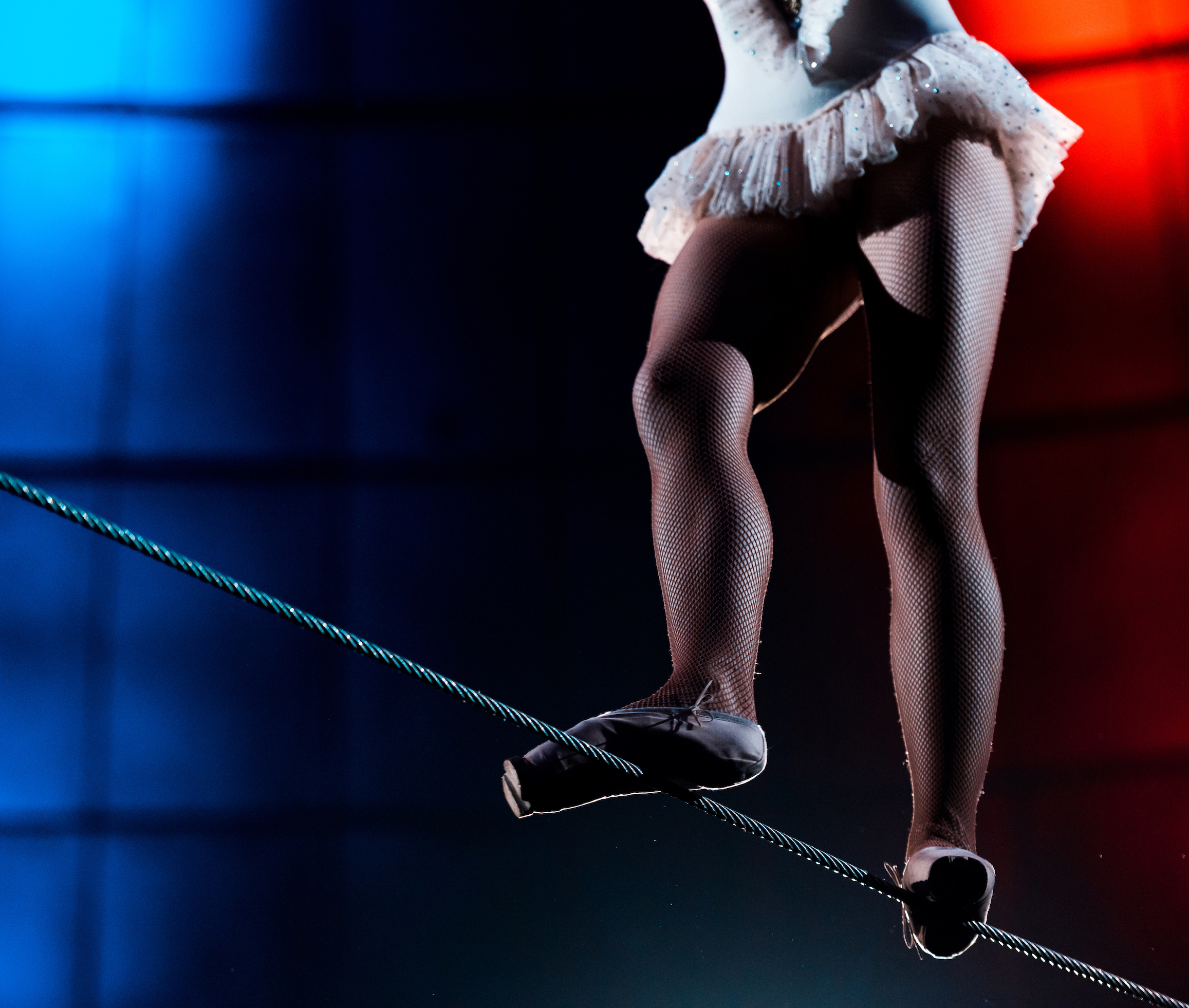By Brian Clifton

St Germain’s opener to Tourist, “Rose Rouge,” samples Dave Brubeck’s “Take Five” and Marlena Shaw’s live performance of “Woman of the Ghetto.” The combination of the samples and the dubbed tenor sax solo makes the song feel almost like an approximation of jazz, as if it is trying to check off all the boxes that indicate the jazziness of a track. The rest of the album strikes a similar pose. Part lounge-y house and part coffee-shop jazz, Tourist creates an atmosphere that is too real to be real.
*
Wes Craven’s Cursed follows a brother and sister, Jimmy and Ellie, as they are stalked by werewolves in Hollywood. The film exhaustingly references film: from the montages of various premier theatres along Sunset Blvd. to a car crash on Mulholland Dr. The male heartthrob and Ellie’s love interest is even building a club called Tinsel based on old Hollywood. Every area is a set, filled with costumes and props—one of which is a 1:1 replica of the cane from 1941’s The Wolf Man. In Cursed, the werewolves transform as if on cue.
*
A previous lover’s ex sent me a Facebook message calling me a Christ-killer. I read it in Creighton University’s library. The Jesuit university has a crucifix in every classroom. The only class I had there that was without a crucifix was Septuagint Greek, which took place in the office of the Klutznick Chair in Jewish Civilization. When I mentioned the message to my then-lover, she defended her ex, saying he was obviously joking. During Pesach, I get a few blood libel messages from the ex. The crucifixes in her room let me know what she believed.
*
Once, I was a stagehand for a dance production. The position required an all-black uniform. I opened and closed the curtains when appropriate. I had to make sure the movement was uniform, as if the stage itself naturally opened for these performances. Now, my wardrobe is almost exclusively black. Every morning, I open the blinds in one fluid motion.
*
A decade before Cursed, Wes Craven released Wes Craven’s New Nightmare. In the film, Craven, played by himself, claims to have snared “an ancient evil” in the genius story of the original Nightmare on Elm Street, but because interest in the Krueger story has dwindled, this evil wants to break from the script into their real world, which is still a script. It’s difficult to take the blurring of layers of being seriously—a character in a dream becoming real in a film, a film about real people devolving into their film roles because of a film’s invented dream realm—but that’s sort of the fun, watching and posing, being in on the joke you think Craven is making.
*
The second single from Tourist, “Sure Thing,” is in C major due to the bluesy John Lee Hooker and 100% Pure Poison samples. Despite the claim that minor keys are sad, most blues falls in major keys. C major, when played on a piano, uses only white keys. St Germain, who was born in France, filled the majority of Tourist with samples from the Blue Note catalogue. The majority of this catalogue is by Black virtuosos, who rarely earned a living wage playing music. They were recorded, at first, by a couple of German immigrants. Now, Blue Note is owned by UMG, whose board of directors is 82% white.
*
Horror and humor mix perfectly in another werewolf film, American Werewolf in London. In it, a werewolf attacks two Americans. One dies; one, David, survives. While David recovers from the attack, a nurse remarks, He’s Jewish—I checked. This is the only spoken acknowledgment of David’s Jewishness; otherwise, it is invisible to everyone but David (and only visible to us in David’s nightmares). Lycanthropy and Judaism, in this scene, bear a striking resemblance: From the outside, they appear to be things done to a person and not things that fundamentally influence one’s approach to the world.
*
One year, I celebrated the holidays with a previous partner’s family. Her mother wrapped my gift in blue-and-white paper with Happy Hanukkah, dreidels, and menorahs all over it. On Christmas day, my ex-partner’s aunt and uncle visited. Somehow, talk drifted to their landlord, with whom they were not happy. The couple complained about how their landlord was greedy and very Jewish. They repeated very Jewish, emphasizing different syllables and nodding to perfectly marry their anti-Semitism and Midwestern quietude. Our gifts, my gift still wrapped, sat on the mantle behind us and in their line of sight.
*
Multiple scenes in the beginning of Cursed fixate on opened windows covered by sheer curtains in the home of our sibling protagonists. The wind pushes and pulls the curtains. Clearly, off-camera, a person holds a fan to get the wind right. The visual hints at the introduction of an outside and invisible influence into their home. It is also an example of kinetic occlusion. In “On Vivacity,” Elaine Scarry argues that when a less solid object (i.e., light, wind, water) passes over a more solid object (e.g., a wall, cloth, a face) it imbues more vivacity to the scene. Scarry cites several examples of this, from Proust to Studio Ghibli. Craven, through kinetic occlusion, gives the brother-sister duo’s home, and by extension lycanthropy, a sense of realness.
*
During my semester abroad, I had dinner with a friend’s family. At one point, her stepdad turned to me and asked, How did you get the name Brian? You’ve got to be the only Jew with that name. I relayed the story my parents told me about my naming—my dad did not dislike anyone named Brian. I did not mention that I converted to Judaism. I rarely tell people this. With non-Jews, it leads to accusations (so you’re not a “real” Jew). For other Jews, it often creates a silent tension. Being Jewish is a choice I can “easily” change when it suits me, something that is not an option for Jews by birth. I feel I have always been Jewish and that I am just a tourist to Judaism. I am asleep, but my heart is awake.
*
While the atmosphere of “So Flute,” the third and final single of Tourist, lands squarely in the realm of “jazz”—music so drunk on the idea of jazz that it becomes a caricature of jazz, it deviates from the first two singles. First and foremost, it contains one sample: Roland Kirk’s interpretation of “Ain’t No Sunshine.” By being a cover, the sample is already one layer removed from the original, and St Germain’s manipulation of the track, clipping it such that the melody is always struggling to finish with the beat, further differentiates it from Withers’ original tune. In this context, though the track oozes the atmosphere of jazz, the genre itself seems just out of reach—the perfect feeling to bridge the gap between the dubby “Montego Bay Spleen” and the heavenly Wurlitzers of “Land of….”
*
During the transformation scene in American Werewolf in London, David grabs his head and screams, Jesus Christ! before stripping off his clothes. David’s sweat-drenched body (hello, kinetic occlusion) twists and distorts while Sam Cooke croons his version of “Blue Moon” from an unseen hi-fi. That song has seen its fair share of covers—from Billie Holliday to Rod Stewart—since it was released just before World War II. After the final scene in which David is murdered, an upbeat, doo-wop version The Marcels recorded in 1961 accompanies the credits.
*
One of the first poems I ever published was in Poetica, a journal that focuses on contemporary Jewish writing. When the issue came out, my name and the title of my poem are in the table of contents, but the poem itself is nowhere to be found in the magazine. I flipped through the issue a few times just to be sure.
*
As the president of the CU Jews, the university’s Jewish Student Club, I sat at a table during Creighton’s annual multicultural fair with my successor. We started playing a game with people walking by—guess which one of us was born Jewish. Overwhelmingly, people chose me. At the time, I thought it meant that I passed. Now, I think it had more to do with what America has essentialized about Judaism and my unconscious understanding and performance thereof. Though it makes me uncomfortable, I can’t help but be reminded of Rachel Dolezal, a white person who became president of a chapter of the NAACP.
*
The final song of Tourist, “What You Think About…,” while still jazzy, relies on a thumping and largely unchanged bassline lifted from The John Payne Band’s “New Spaces.” Born in Luton, John Payne is best known for his work in the prog rock band ASIA, though more recently he has formed a band called Dukes of the Orient. The names he gives to his musical projects makes Payne a prime example of Edward W. Said’s Orientalist—the “expert” whose hatred elevates his opinions above lived experience. It also makes him a prime example of a tourist. The sample then becomes a sonic nod to the listener. It says: You are a tourist; I have made you a tourist of the many Black artists (Payne excluded) sampled within my grooves.
*
Freddy Krueger’s glove tours Hollywood via cameos. Wikipedia tells me it appeared in the 1987 horror-comedy Evil Dead II above the door on the inside of a toolshed. This was Sam Raimi’s response to Wes Craven showing footage of The Evil Dead in A Nightmare on Elm Street, which was a response to Raimi putting a poster of Craven’s 1977 film The Hills Have Eyes in The Evil Dead. This information is from a Q&A Sam Raimi did in 2007. The glove also appears in The Bride of Chucky and Jason Goes to Hell: Final Friday. In 2021, I copied and pasted this information into a document.
*
In the few final scenes of Cursed, we see Joanie, a passive-aggressive publicist for an aging Scott Baio (played by himself), transform into a werewolf. Then the brother-sister duo squares off with her in the Tinsel club. After being tossed across a large room, Ellie thrusts the silver handle of the Wolfman cane replica into the werewolf’s mouth, making Joanie sizzle and sputter. After a moment, the werewolf hacks up the handle and darts away. This is the final visual of anything representative of Hollywood. The few glimpses of Tinsel afterward reveal rubble, and the only other set is Ellie and Jimmy’s home, where they murder Ellie’s lover, the werewolf-maker of Tinsel.
*
Once, I was published in the same issue as one of my favorite living poets, Shane McCrae. In McCrae’s poem, the speaker, a werewolf, discusses how he is mostly a man but his father’s father was a wolf, which makes him a wolf. Given the themes of McCrae’s other work, lycanthropy could symbolize the ways race not only dictates who is considered a person in a white supremacist country like our own, but also how the concept and calculations of racial purity is as mythical as werewolves (though still with dire consequences).
*
My friend asks me if he could make a plaster mold of my face. It’s the first time either of us has made a plaster mold. I am sporting a beard. My friend assures me that with enough Vaseline the plaster will slide right off. It doesn’t. We spend the next half an hour sticking X-Acto knives in the small space between my face and the plaster to cut the mold. I can’t see anything, but I hear my friend saying, I’m sorry, Brian. I’m sorry. I just wanted a mold of your beautiful Jewish face. Pausing, he adds, I know you weren’t born Jewish but you look it. The plaster mask pulls away.

Brian Clifton is the author of the chapbooks MOT and Agape (from Osmanthus Press). They have work in: Pleiades, Guernica, Cincinnati Review, Salt Hill, Colorado Review, The Journal, Beloit Poetry Journal, and other magazines. They are an avid record collector and curator of curiosities.
Why we accepted this piece: We don’t know how Brian made this braided piece work with such differing topics, but they pulled it off effortlessly. Each part feels deliberate and unique, and the essay is woven together with a strong, consistent voice and throughline that kept us engaged from start to finish. Their thoughts on how Judaism is viewed in America, race relations, and the performative aspect of identity were insightful; we felt this piece in our bones. If you haven’t listened to Tourist before, the album is embedded below.





